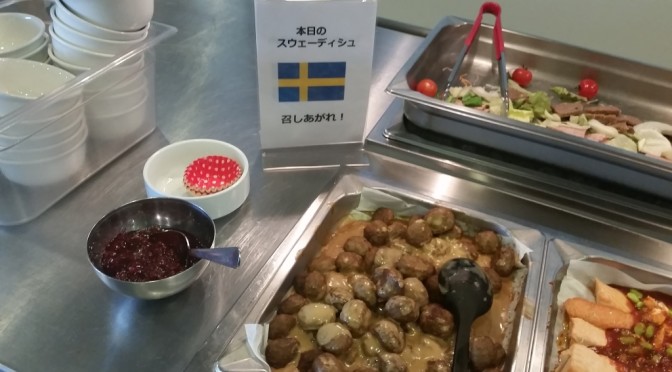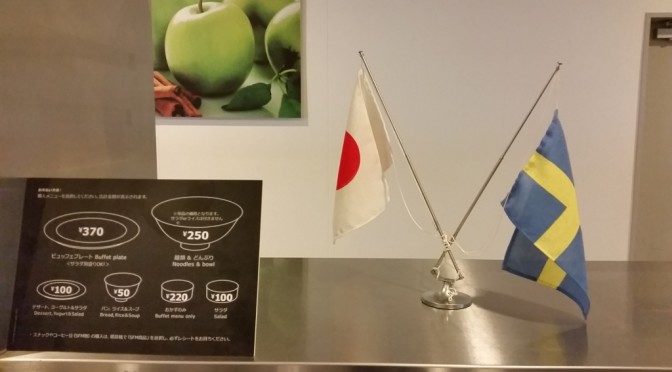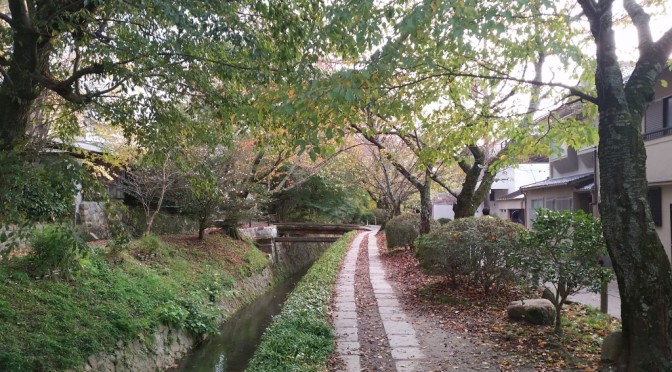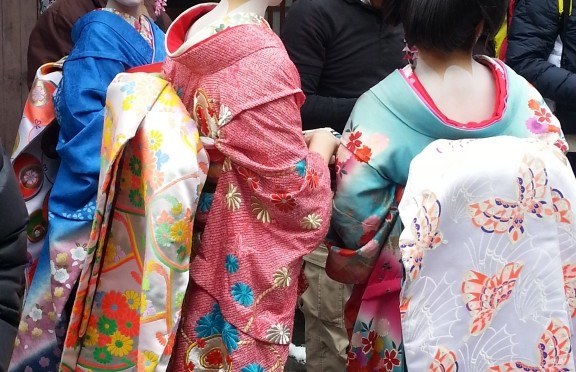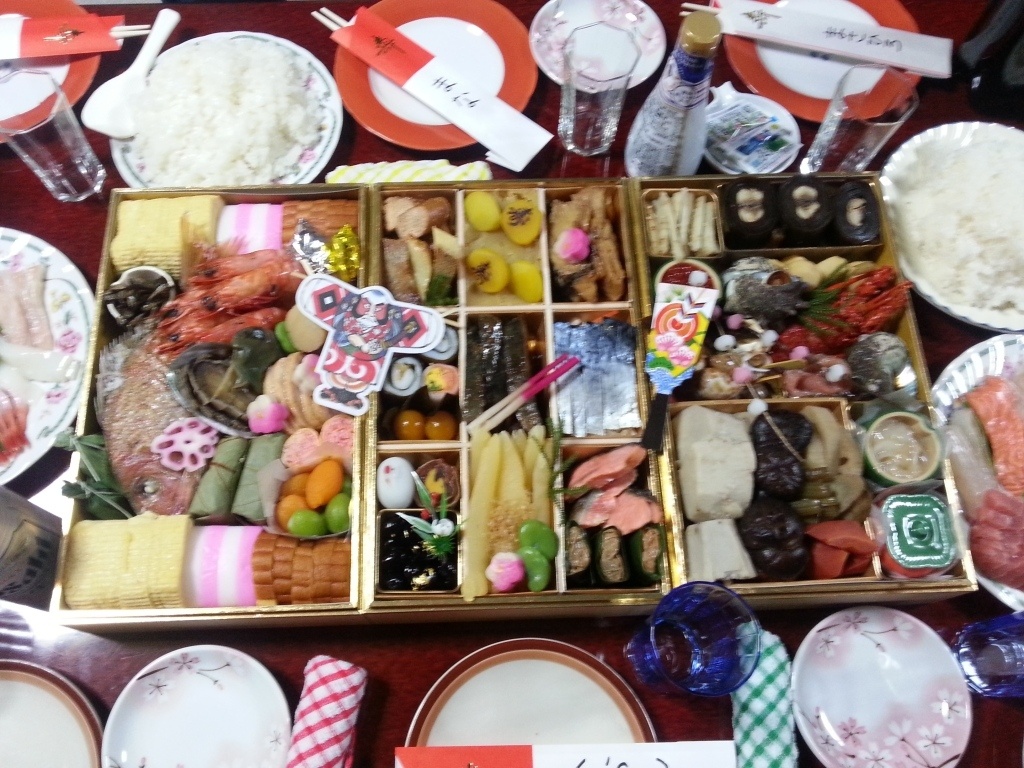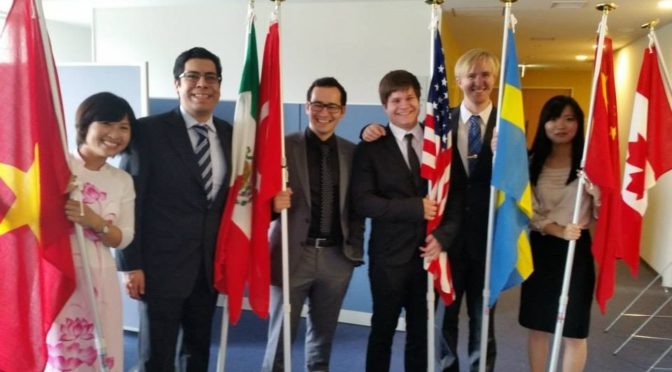So far, even though I’ve only worked for two months, I can say that…
A lot of things are similar to my previous workplace. My co-workers are nice and my boss is friendly. This may vary from store to store, but I feel that in general, the staff are engaged and motivated to work. I also think that it’s fun going to work (at IKEA).
I can say that most people working at IKEA Japan have an open mind and wish to learn more English and about new cultures, etc. The meatballs served in the restaurant also taste the same as in Sweden (although the jam served here is in much smaller portions).
There are, of course, some differences. I believe the differences between the IKEA of Sweden in Barkarby and the one in Port Island-Kobe in some ways represent the differences between Sweden and Japan in general. For example, the IKEA store in Japan is way more tidy and clean compared to the one in Sweden. In Japan, even a basic shopping tool such as the yellow bag is folded neatly and placed in straight columns, while in Sweden, they are simply forced down a big box.
While the bistro in IKEA Sweden always serves pizza slices, Japan has different set menus and have been through potato slices and fried chicken so far I’ve worked here. The Japanese restaurant also serves local dishes such as curry rice, which cannot be found in the restaurant in IKEA of Sweden.
これまでのところ、2か月働いていないけれど、その短い経験でも私はこれを言うことができます…
多くのことは、私の以前の職場のものと似ています。私の同僚は皆いい人たちだし、係りの者も友好的です。これは店舗によって異なりますが、私は、一般的には、スタッフが従事して働くように動機づけられていると感じています。私もそこに(イケアに)仕事に行くことを、毎日楽しみにしています。
IKEA Japanで働いてる人のほとんど(多く)は、オープンマインドで、英語など新しい文化にとても興味があります。レストランで売っているミートボールはスウェーデンと同じ味味で、ジャムもちいさな例のひとつです。
しかしもちろん、色々な違いはあります。私は、スウェーデンのIKEA Barkarbyと日本のIKEA Port Island神戸の間でのいくつかの違いは、スウェーデンと日本の一般的な違いを表していると考えています。例えば、日本のイケアストアは、スウェーデンのと比べると、よりきれいで清潔です。日本は、買い物に使われる黄色のバッグがきちんと折り畳まれ、まっすぐの列に配置されていますが、スウェーデンでは、大きな箱に単にいれています。
イケアスウェーデンのビストロは、常にピザのスライスを提供していますが、日本は異なるセットメニューを有しており(少なくとも)。私がここで働き始めてからは、フライドポテトを提供したり、その後にフライドチキンも提供するようになりました。日本のレストランでは、スウェーデンのイケアにあるレストランでは見つけれことができないような、カレーライス等の地元料理を提供しています。
